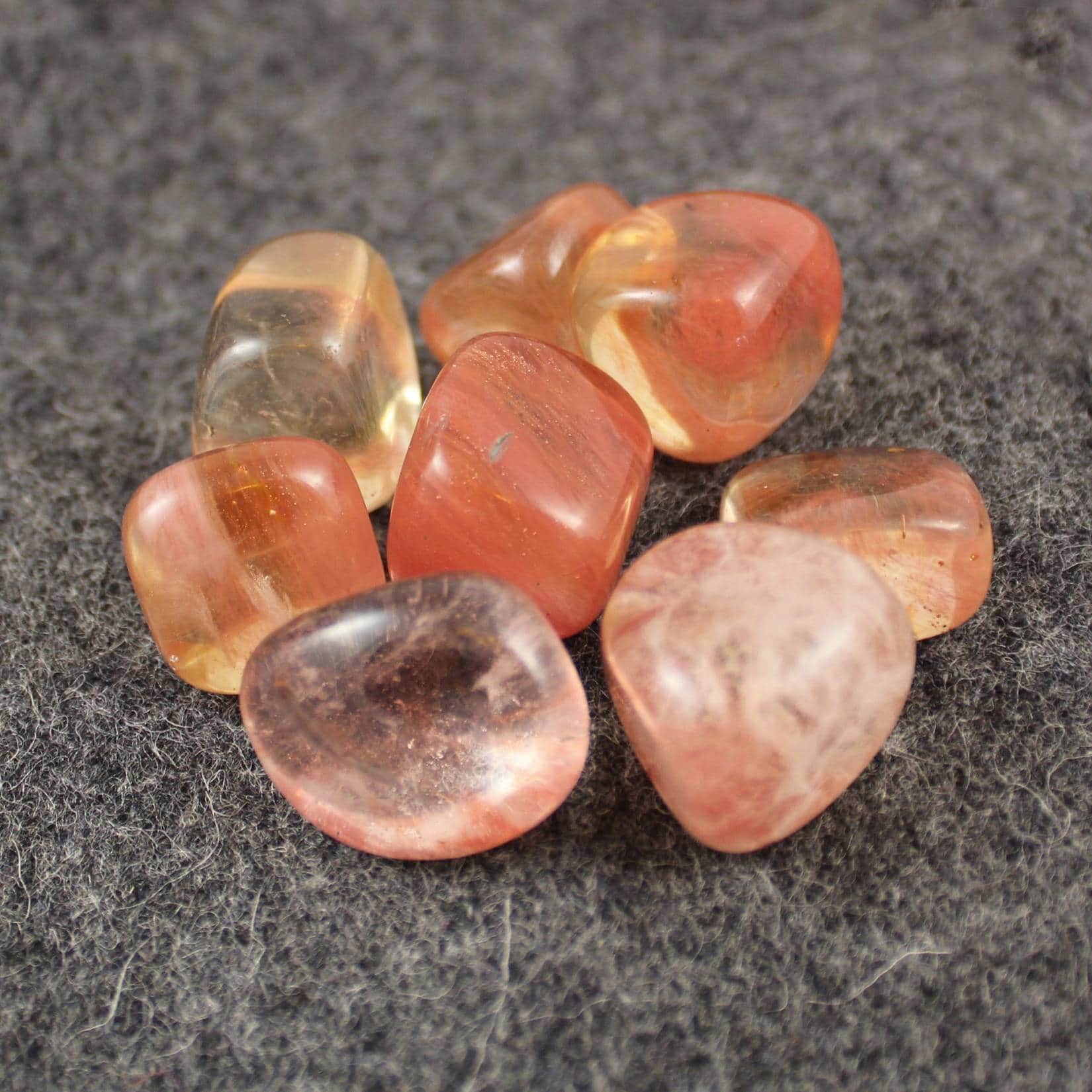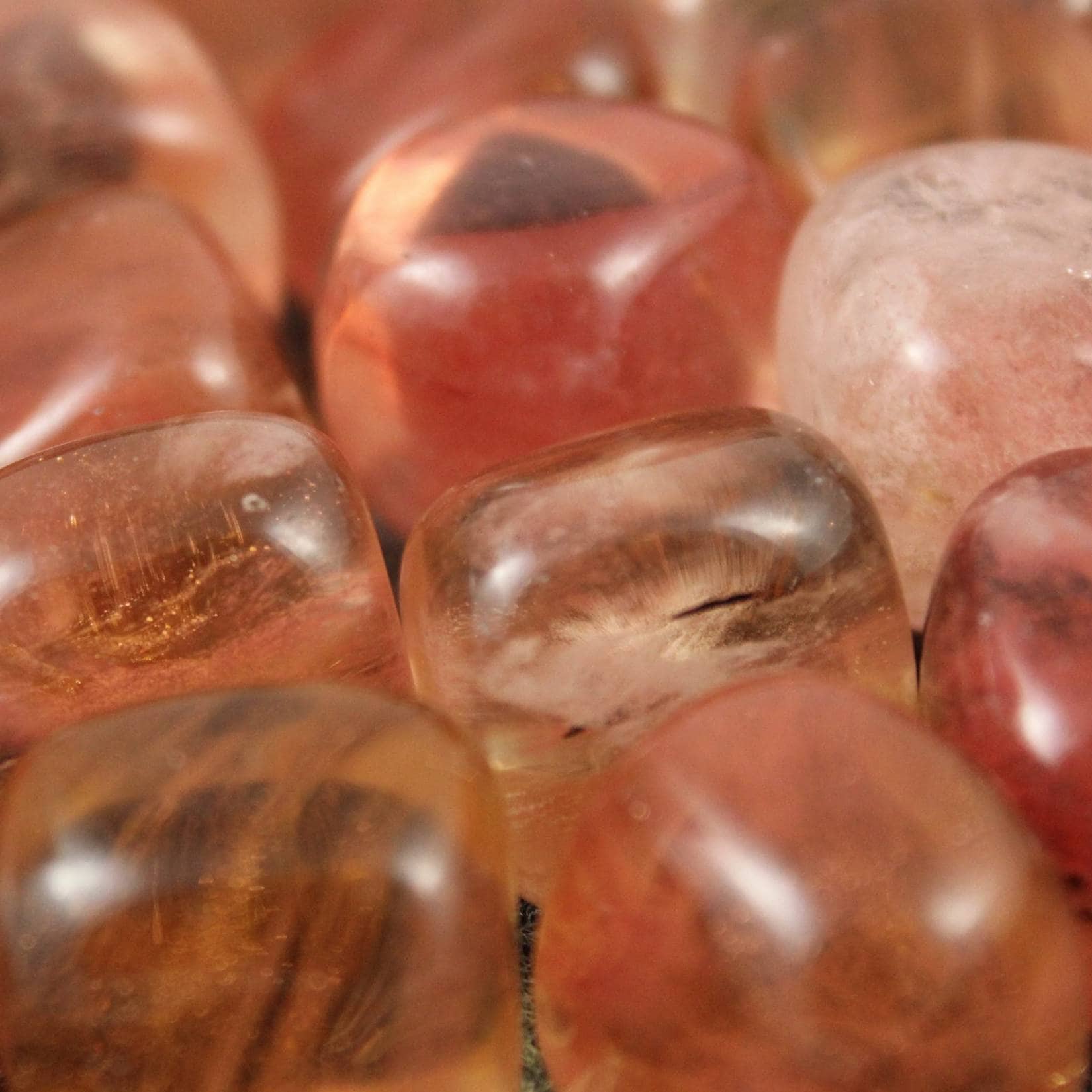Tiger Glass (Synthetic)
Tiger Glass is the trade name given to a colourful glass with red, brown, orange banding and glassy fibres inside.
It is a man-made glass and is not naturally occurring. It is almost always sold as polished pieces – whether they are tumblestones or cut pieces like pyramids or points.
Appearance, Uses and History
Tiger Glass is the trade name given to a colourful glass with red, brown, orange banding and glassy fibres inside.
It is a man-made glass and is not naturally occurring. It is almost always sold as polished pieces – whether they are tumblestones or cut pieces like pyramids or points.
Tiger Glass is obviously named in an attempt to confuse consumers with tigers eye, which it bears a superficial similarity to visually.
Locales
Unknown, manmade – likely in China.
Mineralogy
Photos of Tiger Glass



Hazards and Warnings
Almost all rocks, minerals (and, frankly, almost all other substances on earth) can produce toxic dust when cutting, which can cause serious respiratory conditions including silicosis.
Tiger glass is a glass, so if broken, could be very sharp.
When cutting or polishing rocks, minerals, shells, etc, all work should be done wet to minimise the dust, and a suitable respirator or extraction system should be used.
Translations
Please note, Tiger Glass is a trade name and likely does not translate too well into other languages.
Further Reading / External Links
- None known!
